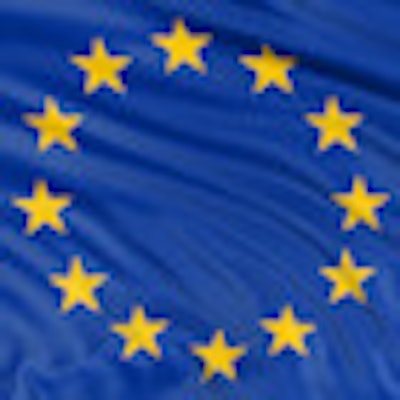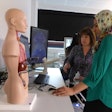
The revised European Training Charter for Clinical Radiology will harmonize training across the continent, while also providing flexibility among the major subspecialties, according to an editorial published by the European Society of Radiology (ESR) on 15 January in Insights into Imaging.
The revised charter -- also ratified by the European Union of Medical Specialists (UEMS) Radiology Section -- aims to ensure a single educational voice for European radiology. With so many countries performing medical imaging with their own unique twist, standardizing practice can be hard. The ESR training charter seeks to change all that.
"The exponential growth in training requirements for diagnostic radiology, which has resulted from the explosion in new imaging technologies, is emphasized in the decision by the ESR Executive Council that the present revision should be made available in PDF format and subject to regular updating and revision," according to the ESR editorial.
The training charter contains three main components. In the first part, general principles of radiological education -- including duration of training, structures of training, facility requirements of training, and the incorporation of continuous learning and competence during training -- are addressed. The principle of a five-year basic training period is considered the appropriate duration of training required by a general radiologist for independent clinical practice. The charter also recommends an initial three-year period during which the trainee should be exposed to all the major subspecialties in radiology.
Subspecialist interest training should be obtained in at least two areas during the fourth and fifth years, the ESR noted. Additionally, during the fourth and fifth years, at least half of trainee time should remain devoted to achieving further competence in general radiology.
"The document envisages subspecialty interest training at this level as being quite distinct from subsequent subspecialty fellowship training, where a more total immersion in the relevant subspecialty would take place," the authors wrote. "It is also envisaged that general radiology may be included in the subspecialty interest options in its own right during the fourth and fifth years of training."
The charter also discusses a recommended rotational program through the various subspecialties, study facility requirements, access to e-learning, competence through log book appraisals, mentoring principles, and the integration of radiology education within lifelong learning. New subjects incorporated into the charter are formalized training in communication, medicolegal, and management skills.
In part two of the charter, the knowledge requirements in the various subspecialties of radiology to be achieved during years one to three are listed. The basic requirements are outlined along with newer technologies, such as hybrid imaging and molecular imaging, as well as newer areas of interventional radiology competence required of the general radiologist.
"Curriculum additions on emergency and oncologic radiology are being elaborated in association with the newly established European Society of Emergency Radiology (ESER) and the European Society of Oncologic Imaging (ESOI) for early incorporation in the revised curriculum," the authors noted.
In part three of the charter, subspecialty societies affiliated with ESR submitted subspecialty interest level knowledge requirements. ESR is still working to further standardize this section.
"The provision of an updated curriculum represents a significant step forward in the construction of a matrix of educational initiatives aimed at standardization of educational structures in radiology throughout Europe. This matrix includes all educational initiatives of ESR including e-learning, ECR courses, and the various electronic and hard-copy publications of the society," according to the editorial.
ESR is creating a uniform and easily cross-referenced platform for radiology terminology and knowledge, further augmented by the creation of a European Diploma in Radiology.
The European Diploma in Radiology exam is conducted in English and is based on the ESR's training curriculum. The exam is designed to test a candidate's knowledge of general radiology after five years of training, and it was first held last year in March in Vienna. The exam contains knowledge questions and also short cases and an oral exam. Of the 47 candidates from 14 countries who first took the test, 79% of them passed. By comparison, at the 2011 congress of the French Society of Radiology, les Journées Françaises de Radiologie (JFR), 76% of the 17 candidates from seven countries (two non-European) passed.
The next date for the exam is at the upcoming European Congress of Radiology, followed by the Spanish Society of Radiology meeting in May.
"The curriculum also provides assistance to those negotiating improved standards of radiology training in various countries and serves as a reference for accreditation programs, which have become a priority for the ESR under a reinvigorated European Training Assessment Program, which is run also in association with UEMS," the authors wrote.
















